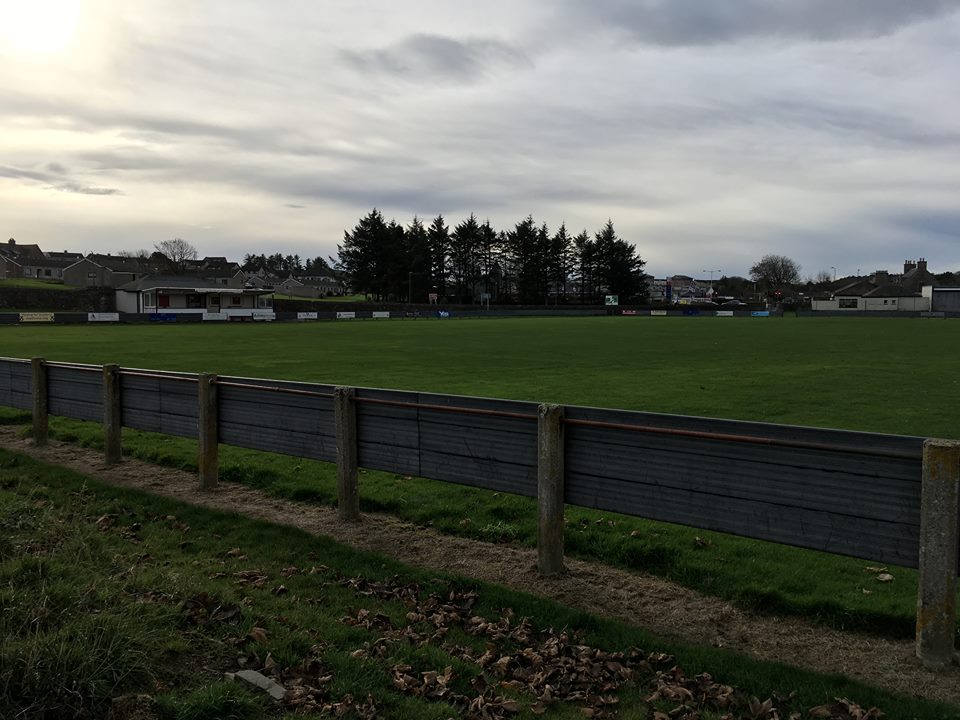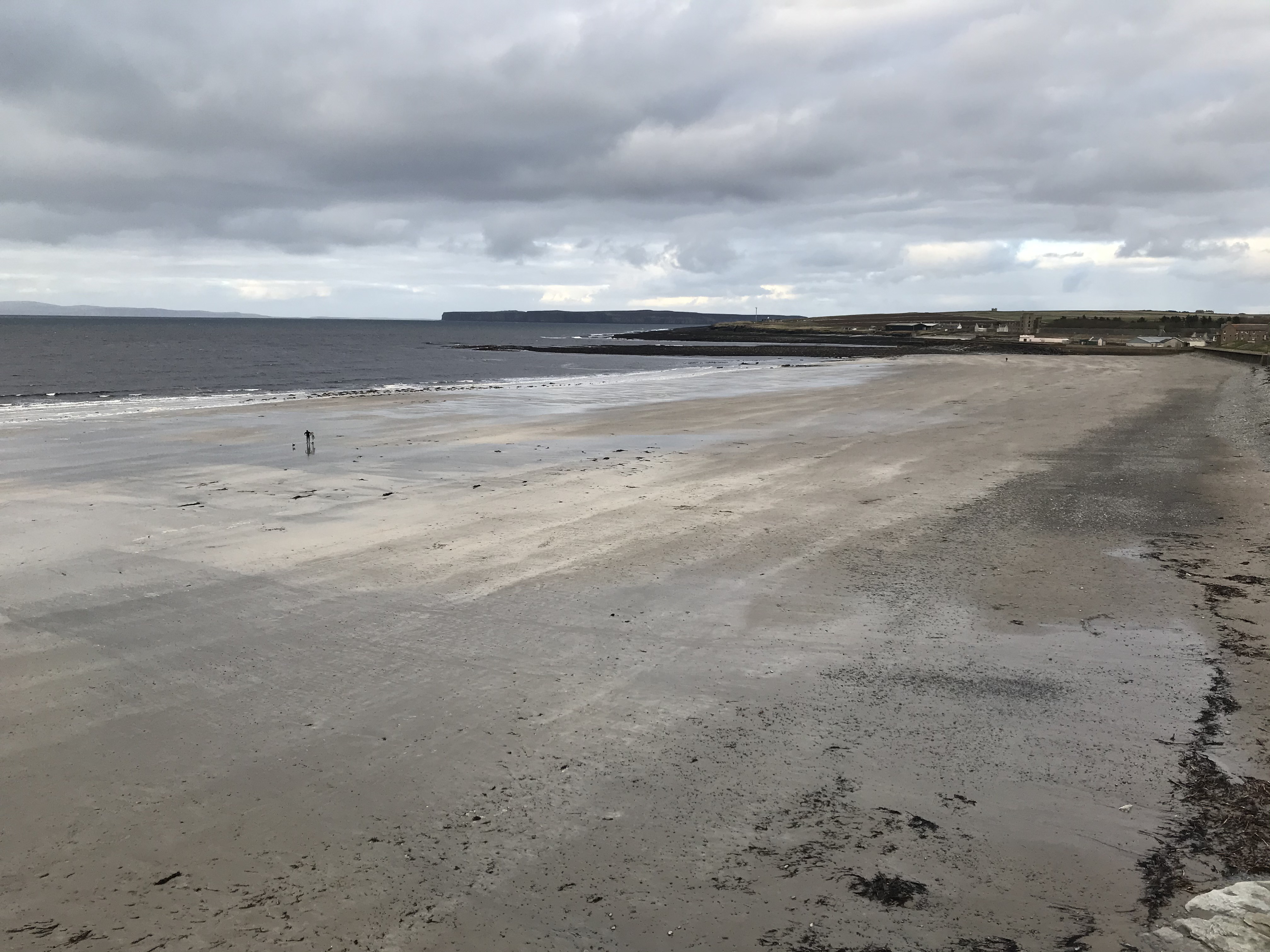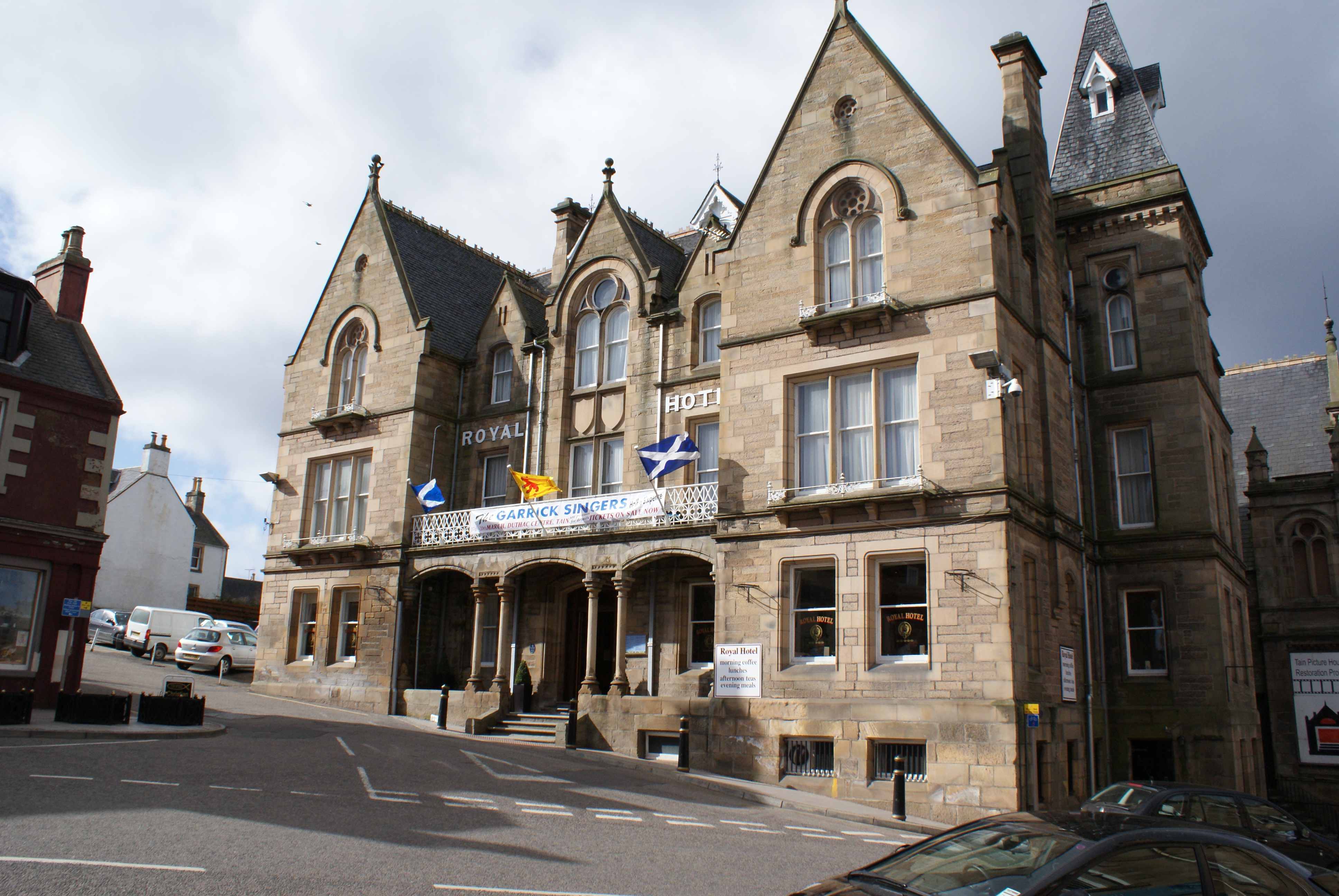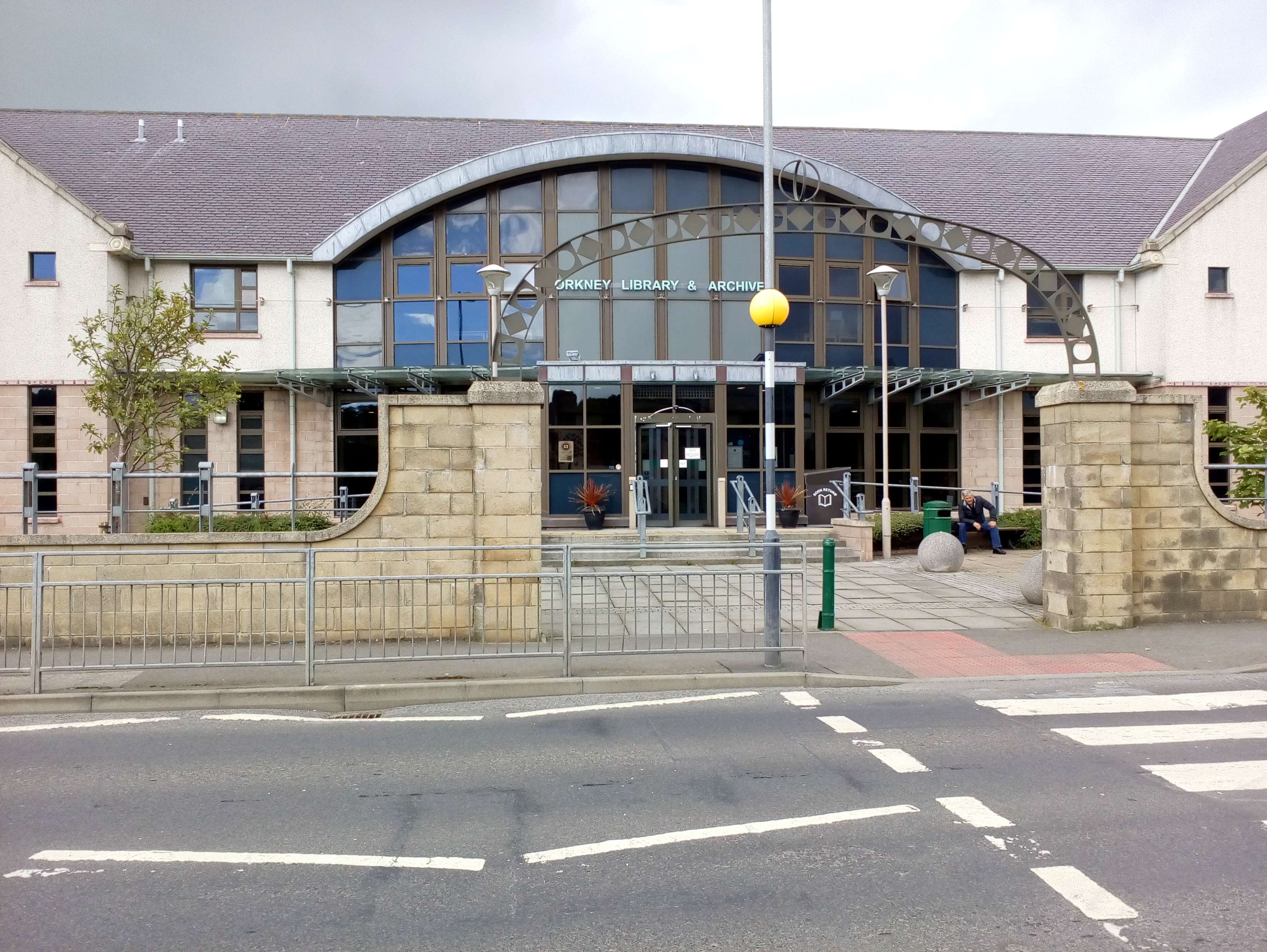|
2016–17 North Caledonian Football League
The 2016–17 North Caledonian Football League The North Caledonian Football Association is a football association operating throughout the Highlands and Islands of Scotland and is a recognised body of the Scottish Football Association (SFA) and as such has its senior football competitions of ... will be competed for by eight clubs playing fourteen matches each. Halkirk United were the defending champions. St Duthus returned to the league following an eleven-year absence and Inverness Athletic, a new team, were also admitted. Teams League table Results Teams play each other twice making a total of 56 games, with each team playing 14. References North Caledonian Football League seasons {{Scotland-footy-competition-stub ... [...More Info...] [...Related Items...] OR: [Wikipedia] [Google] [Baidu] |
North Caledonian Football League
The North Caledonian Football Association is a football association operating throughout the Highlands and Islands of Scotland and is a recognised body of the Scottish Football Association (SFA) and as such has its senior football competitions officially registered with the SFA. History The formation of the Inverness Junior Football Association on 31 January 1888 saw the introduction of the Inverness Junior Cup. After the final in 1888 the association was renamed the North of Scotland Junior Football Association and the competition the North of Scotland Junior Cup. The Association's league competition was later introduced in 1896 as the "North of Scotland Junior League" with the initial aim of providing a league format for its junior members and predominantly the "2nd XI" teams from senior Highland Football League clubs. Upon its formation these teams mostly came from the Inverness area. By 1906 though, the Association had welcomed several new member teams from outside the In ... [...More Info...] [...Related Items...] OR: [Wikipedia] [Google] [Baidu] |
Halkirk
Halkirk ( gd, Hàcraig) is a village on the River Thurso in Caithness, in the Highland council area of Scotland. From Halkirk the B874 road runs towards Thurso in the north and towards Georgemas in the east. The village is within the parish of Halkirk, and is said by locals to be Scotland's first planned village. Cathedral It was at one time the site of the cathedral of the Diocese of Caithness. In the early 13th century, a revolt against the tithe, imposed by the Bishop, lead the local husbandmen to lay siege to the cathedral kitchen, and burn it down, with Adam of Melrose, the Bishop, still inside. Adam's successor Gilbert de Moravia moved the seat of the Diocese to Dornoch, and there are no remains of the Halkirk cathedral church or the bishop's seat. Historic distilleries Halkirk has had two whisky distilleries, Gerston from 1796 to 1885, and Ben Morven (also known as Gerston II) from 1886 to circa 1911. Both were established on the banks of the River Thurso, near ... [...More Info...] [...Related Items...] OR: [Wikipedia] [Google] [Baidu] |
Thurso
Thurso (pronounced ; sco, Thursa, gd, Inbhir Theòrsa ) is a town and former burgh on the north coast of the Highland council area of Scotland. Situated in the historical County of Caithness, it is the northernmost town on the island of Great Britain. From a latitudal standpoint, Thurso is located further north than the southernmost point of Norway and in addition lies more than north of London. It lies at the junction of the north–south A9 road and the west–east A836 road, connected to Bridge of Forss in the west and Castletown in the east. The River Thurso flows through the town and into Thurso Bay and the Pentland Firth. The river estuary serves as a small harbour. At the 2011 Census, Thurso had a population of 7,933. The larger Thurso civil parish including the town and the surrounding countryside had a population of 9,112. Thurso functioned as an important Norse port, and later traded with ports throughout northern Europe until the 19th century. A thriving fish ... [...More Info...] [...Related Items...] OR: [Wikipedia] [Google] [Baidu] |
Thurso F
Thurso (pronounced ; sco, Thursa, gd, Inbhir Theòrsa ) is a town and former burgh on the north coast of the Highland council area of Scotland. Situated in the historical County of Caithness, it is the northernmost town on the island of Great Britain. From a latitudal standpoint, Thurso is located further north than the southernmost point of Norway and in addition lies more than north of London. It lies at the junction of the north–south A9 road and the west–east A836 road, connected to Bridge of Forss in the west and Castletown in the east. The River Thurso flows through the town and into Thurso Bay and the Pentland Firth. The river estuary serves as a small harbour. At the 2011 Census, Thurso had a population of 7,933. The larger Thurso civil parish including the town and the surrounding countryside had a population of 9,112. Thurso functioned as an important Norse port, and later traded with ports throughout northern Europe until the 19th century. A thriving fishi ... [...More Info...] [...Related Items...] OR: [Wikipedia] [Google] [Baidu] |
Tain
Tain ( Gaelic: ''Baile Dhubhthaich'') is a royal burgh and parish in the County of Ross, in the Highlands of Scotland. Etymology The name derives from the nearby River Tain, the name of which comes from an Indo-European root meaning 'flow'. The Gaelic name, ''Baile Dubhthaich'', means 'Duthac's town', after a local saint also known as Duthus. History Tain was granted its first royal charter in 1066, making it Scotland's oldest royal burgh, commemorated in 1966 with the opening of the Rose Garden by Queen Elizabeth, the Queen Mother. The 1066 charter, granted by King Malcolm III, confirmed Tain as a sanctuary, where people could claim the protection of the church, and an immunity, in which resident merchants and traders were exempt from certain taxes. Little is known of earlier history although the town owed much of its importance to Duthac. He was an early Christian figure, perhaps 8th or 9th century, whose shrine had become so important by 1066 that it resulted in the royal ch ... [...More Info...] [...Related Items...] OR: [Wikipedia] [Google] [Baidu] |
Saint Duthus F
In religious belief, a saint is a person who is recognized as having an exceptional degree of holiness, likeness, or closeness to God. However, the use of the term ''saint'' depends on the context and denomination. In Catholic, Eastern Orthodox, Anglican, Oriental Orthodox, and Lutheran doctrine, all of their faithful deceased in Heaven are considered to be saints, but some are considered worthy of greater honor or emulation. Official ecclesiastical recognition, and consequently a public cult of veneration, is conferred on some denominational saints through the process of canonization in the Catholic Church or glorification in the Eastern Orthodox Church after their approval. While the English word ''saint'' originated in Christianity, historians of religion tend to use the appellation "in a more general way to refer to the state of special holiness that many religions attribute to certain people", referring to the Jewish tzadik, the Islamic walī, the Hindu rishi o ... [...More Info...] [...Related Items...] OR: [Wikipedia] [Google] [Baidu] |
The Pickaquoy Centre
The Pickaquoy Centre is a multi-use leisure centre in Kirkwall, Orkney, Scotland. The arena has 1,600-seat stands, and can be condensed and used as a sports hall, with room for two five a side football pitches. The football pitches host Orkney F.C. of the North Caledonian Football League and also the Orkney official football team. It also has a 247-seat cinema, numerous meeting rooms, health spa, gym, indoor and outdoor children's play areas, a café and bar. Outside, there is an All Weather Pitch, used for football and hockey, several grass pitches used for football and rugby and an athletics Athletics may refer to: Sports * Sport of athletics, a collection of sporting events that involve competitive running, jumping, throwing, and walking ** Track and field, a sub-category of the above sport * Athletics (physical culture), competi ... track. The centre also has a campsite within its grounds. External links Official website Football venues in Scotland Sports ... [...More Info...] [...Related Items...] OR: [Wikipedia] [Google] [Baidu] |
Kirkwall
Kirkwall ( sco, Kirkwaa, gd, Bàgh na h-Eaglaise, nrn, Kirkavå) is the largest town in Orkney, an archipelago to the north of mainland Scotland. The name Kirkwall comes from the Norse name (''Church Bay''), which later changed to ''Kirkvoe'', ''Kirkwaa'' and ''Kirkwall''. Kirkwall was formerly the site of an ancient Norse town founded approximately 1000 years ago. Today, it is a transport hub with ferries to many locations. History The town was first mentioned in in the year 1046, when it was recorded as the residence of , the Earl of Orkney, who was killed by his uncle Thorfinn the Mighty. In 1486, King James III of Scotland elevated Kirkwall to the status of a royal burgh. On the western edge of the town, surrounded by Hatston Industrial Estate, there is a prehistoric monument, known as the "Grain Earth House" (see Historic Scotland). It is a short, low, stone-walled passage, deep underground, leading to a small pillared chamber. This kind of earth house (or "souterrai ... [...More Info...] [...Related Items...] OR: [Wikipedia] [Google] [Baidu] |
Muir Of Ord
Muir of Ord ( gd, Am Blàr Dubh) is a village in Easter Ross, in the Highland council area of Scotland. It is situated near the western end of the Black Isle, about west of the city of Inverness and south of Dingwall. The village has a population of and sits above sea level. The Scottish geologist Sir Roderick Murchison was born in the village in 1792. In September 2022, the village came to media attention when a local fish and chip shop owner uploaded a Facebook video celebrating the death of Queen Elizabeth II with a bottle of champagne. The owner was then chased away from the village by angry locals who vandalized the chip shop with eggs and tomato ketchup. History Named ''Tarradale'' until 1862, historically access to the village was limited by the natural obstacles of the River Beauly and the River Conon. This changed in 1814 with the construction of the Conon Bridge. Cattle drivers used the new routes to transport livestock and markets were set up in 1820 close to where ... [...More Info...] [...Related Items...] OR: [Wikipedia] [Google] [Baidu] |
Invergordon
Invergordon (; gd, Inbhir Ghòrdain or ) is a town and port in Easter Ross, in Ross and Cromarty, Highland (council area), Highland, Scotland. It lies in the parish of Rosskeen. History The town built up around the harbour which was established in 1828. The area became a police burgh in 1863 and Invergordon Town Hall was completed in 1871. The Invergordon Grain Distillery, operated by Philippines-owned whisky giant Whyte & Mackay, was established in 1959. Connected to the distillery was the Invergordon Distillery Pipe Band which was formed in 1964. In 1971, the British Aluminium Company, which was 47% owned by Reynolds Metals, opened an aluminum smelter at Invergordon. Naval Base The naval institute was designed in 1914 by Edinburgh architect Stewart Kaye in anticipation of the First World War. The naval base was the venue for the Invergordon Mutiny of 1931. Remains of the naval base are evidenced in the tank farm lying behind the town centre; the port used to contain fuel o ... [...More Info...] [...Related Items...] OR: [Wikipedia] [Google] [Baidu] |
Golspie
Golspie ( , gd, Goillspidh) is a village and parish in Sutherland, Highland, Scotland, which lies on the North Sea coast in the shadow of Ben Bhraggie. It has a population of around 1,350. History The name derives from the Norse for "gully village". Planned village During a series of visits from the Right Honourable Elizabeth Countess of Sutherland plans were drawn up for the regulations that were written in to future leases, imposing restrictions on the 'tacksmen' with regard to sub-setting and overstocking, and requiring them to adopt improving farming techniques. Consideration was also given to possible development of fishing villages on the east coast, the absence of any safe harbour being the greatest hindrance. Local fishermen used only small, light boats which could be drawn up onto the beach when not in use and this confined them to line fishing close to the shore. The herring fishing in the North Sea (at that time known as the German Ocean) was in the hands of ... [...More Info...] [...Related Items...] OR: [Wikipedia] [Google] [Baidu] |
Invergordon F
Invergordon (; gd, Inbhir Ghòrdain or ) is a town and port in Easter Ross, in Ross and Cromarty, Highland, Scotland. It lies in the parish of Rosskeen. History The town built up around the harbour which was established in 1828. The area became a police burgh in 1863 and Invergordon Town Hall was completed in 1871. The Invergordon Grain Distillery, operated by Philippines-owned whisky giant Whyte & Mackay, was established in 1959. Connected to the distillery was the Invergordon Distillery Pipe Band which was formed in 1964. In 1971, the British Aluminium Company, which was 47% owned by Reynolds Metals, opened an aluminum smelter at Invergordon. Naval Base The naval institute was designed in 1914 by Edinburgh architect Stewart Kaye in anticipation of the First World War. The naval base was the venue for the Invergordon Mutiny of 1931. Remains of the naval base are evidenced in the tank farm lying behind the town centre; the port used to contain fuel oil and water supplies for ... [...More Info...] [...Related Items...] OR: [Wikipedia] [Google] [Baidu] |







